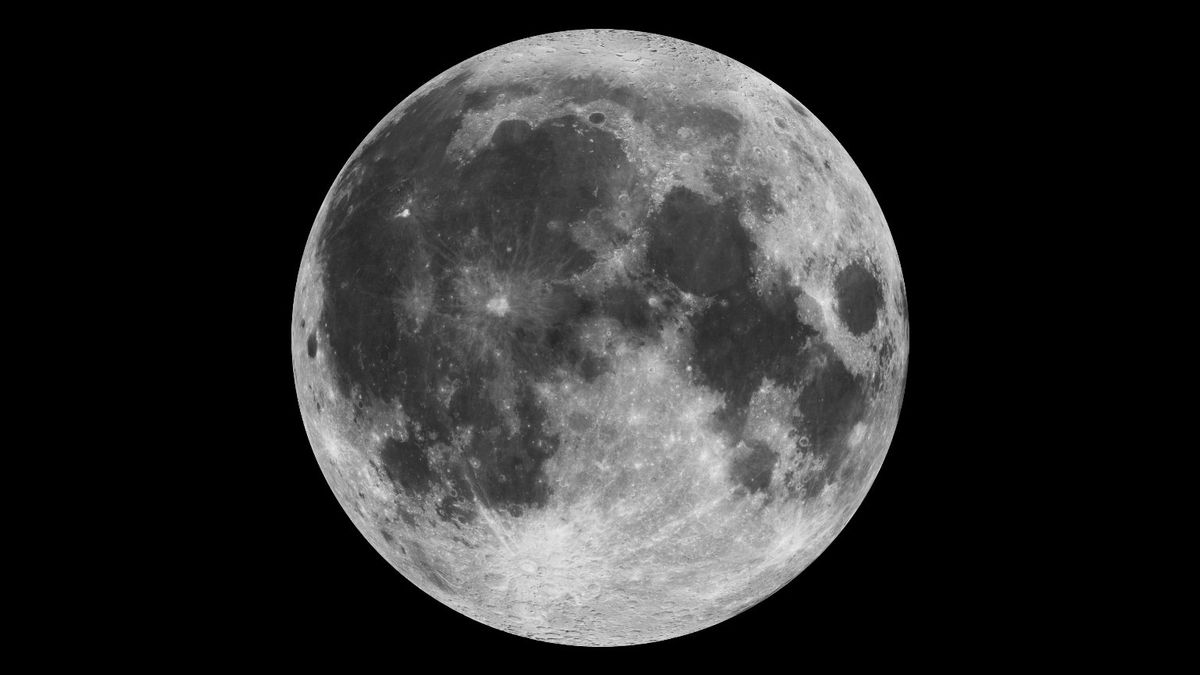ARTICLE AD BOX
 A payload fairing encasing the Tiantong-1 (03) satellite at Xichang spaceport in January 2021. Credit: CASC
A payload fairing encasing the Tiantong-1 (03) satellite at Xichang spaceport in January 2021. Credit: CASC
HELSINKI — China has released comprehensive regulations for direct-to-device satellite services, laying the foundation for domestic growth of the emerging sector.
Seven government departments issued a notice April 30 entitled “Regulations on the Management of Terminal Equipment Directly Connected to Satellite Services,” establishing the legal and technical groundwork for satellite connectivity aligned with national objectives.
The notice supports the development of direct-to-satellite communications, including infrastructure deployment, ecosystem cultivation, and broader integration. According to a Xinhua report, the regulations aim to promote the healthy development of satellite-connected terminal services while safeguarding national security and public interests.
The move takes place amid growing international competition and follows earlier developments in the U.S., with the Federal Communications Commission (FCC) last March approving the world’s first direct-to-smartphone regulatory framework.
Beijing has placed a strategic emphasis on satellite communications in recent years, including policy support and the approval of two satellite internet megaconstellations, Guowang and Qianfan/Thousand Sails. The new regulations could mark a significant step in shaping the future of the industry in China.
While often described as direct-to-device (D2D) satellite services in Western industry, China’s new rules appear to refer more broadly to terminal equipment directly connected to satellites. This includes not only smartphones but also Internet of Things (IoT) modules, vehicle terminals and other connected devices.
The notice was jointly issued by the National Development and Reform Commission (NDRC), Ministry of Industry and Information Technology (MIIT), Ministry of Public Security, and relevant administrations for cybersecurity, radio, film and television, customs, and market regulations.
National security, data localization, real-name registration
Key provisions within the full text include articles on national security and legal oversight, as well as data localization and cross-border restrictions, frequency interference, and licensing. Domestic user data is required to be processed at domestic ground facilities and is not to be forwarded via satellite to overseas gateways, ground stations, or other facilities without approval, according to the notice.
The rules also cover frequency licensing and interference prevention, which is critical to integrating satellite with terrestrial mobile networks.
Service providers also have to adhere to mandatory real-name registration rules, by which they need to verify users’ real identities before offering satellite services. Providers must adhere to China’s cybersecurity, data security and personal information protection laws.
Those engaged in radio and television services will need to comply with relevant regulations and obtain corresponding licenses. The content platforms must also be integrated with government monitoring systems.
While promoting domestic control, the policy notice also encourages international cooperation and participation in global standards-setting, indicating China’s intention to play a role in shaping the rules of satellite-based mobile connectivity worldwide.
China has already conducted early direct-to-device tests, notably using government Tiantong-1 communications satellites in geostationary orbit. Some Huawei smartphones feature satellite messaging capabilities using these satellites.
Major state-owned telecom and aerospace firms may play a role in the sector, alongside newer commercial space companies focused on satellite communications, such as GalaxySpace and Commsat. Official announcements of plans may follow in the future.
These could provide alternatives or analogs to international actors already engaged in the sector such as SpaceX, AST SpaceMobile and Lynk Global.
Andrew Jones covers China's space industry for SpaceNews. Andrew has previously lived in China and reported from major space conferences there. Based in Helsinki, Finland, he has written for National Geographic, New Scientist, Smithsonian Magazine, Sky... More by Andrew Jones

 4 hours ago
2
4 hours ago
2







 English (US) ·
English (US) ·